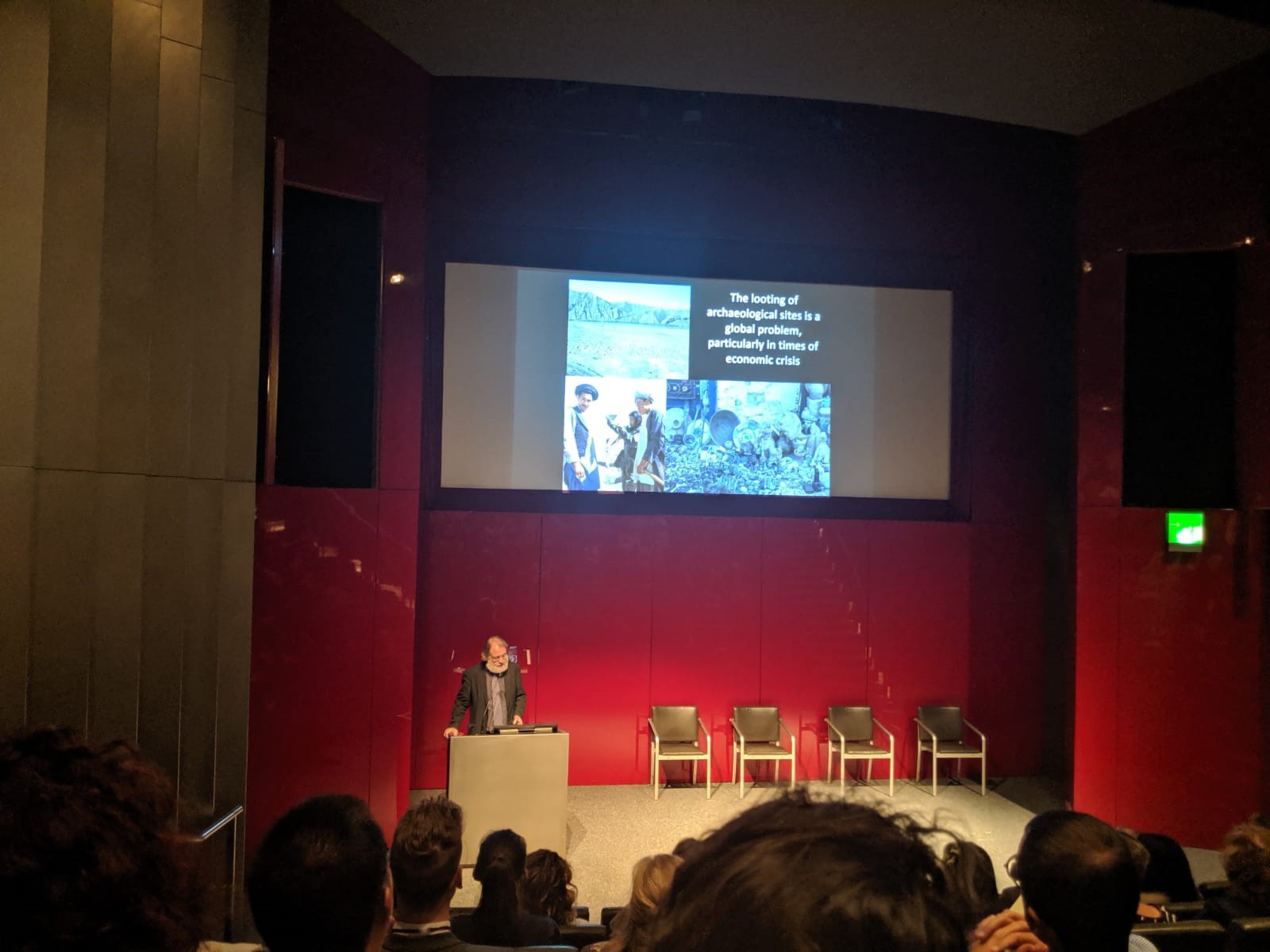St John Simpson, Middle East Curator at the British Museum, on a new, temporary display of looted Afghan antiquities now on display in Gallery 53

Written by St John Simpson, Senior Curator, Middle East Department, the British Museum
In 2011 we had our first ITP fellows from the National Museum of Afghanistan in Kabul and we have been in touch with their curators and conservators ever since. During that year the British Museum showcased a major exhibition called Afghanistan: Crossroads of the Ancient World featuring many of the most important antiquities from the collections of that museum which had been hidden during decades of conflict and generally feared lost or stolen.
In addition our two museums have been working collaboratively on the identification and return to Kabul of other objects which had been stolen from the National Museums’ collections or looted from archaeological sites. These have included beautiful ivory and bone furniture overlays dating to the first century AD and excavated at Begram; tiny bronze cosmetic bottles from Bronze Age cemeteries; and medieval and later metalwork and glazed tiles. The most recent successful discovery of looted Afghan antiquities comes from the BM’s identification of a collection of painted Gandharan sculptures which had been seized and investigated by the Art & Antiques Unit of the Metropolitan Police.

St John Simpson giving a Staff Breakfast talk on the new display, 19th September 2019, British Museum
These objects have been conserved and mounted for display with the very generous support of John Eskenazi, and are now on temporary display at the British Museum before they go back to Kabul. One is a splendid carving in grey schist, showing a princely figure wearing ornate necklaces and a “wet drapery” look: it is a representation of a bodhisattva, that is someone who was seeking the enlightened status of Buddha. The other pieces are painted clay and stucco heads, again mostly bodhisattvas, and both male and female. Most of these still bear traces of ancient paint which has been scientifically analysed at the British Museum. Although the pigments identified are not remarkable, the ways in which they were used show skill and imply a developed sense of the impact of polychromy (the art of decorating in multiple colours). All probably date between about the fourth and sixth centuries AD.
Sadly the place or places where these were originally found is not certain but one day it should be possible to narrow the possibilities down and perhaps even find the missing parts and bodies. That really would be a curatorial and conservation coup but in the meantime we can celebrate the saving of these beautiful pieces of ancient Buddhist art from Afghanistan.
St John
